The Crucial Role of How Packaging Influences Buying Decisions
By Anttoni Taimela · 27. March 2024
When it comes to making a purchase, the power of packaging cannot be understated. In this article, we’ll explore the multifaceted ways in which “how packaging influences buying decisions”.
From design and material quality to color psychology and brand consistency, the silent cues of product packaging speak volumes to consumers, often making the difference between a product being picked off the shelf or overlooked.
Understand the elements that command consumer attention and find out how brands harness packaging to tilt the scales in their favor.
The Power of First Impressions: Packaging’s Initial Interaction with Consumers
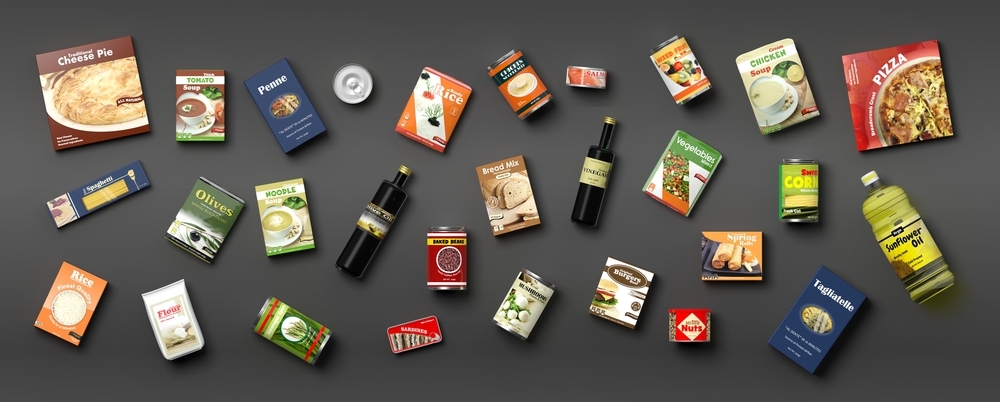 food packaging for different brands
food packaging for different brands
Packaging acts as the initial handshake between a product and a consumer, greatly influencing their perception of the brand and product quality.
Key design elements such as color, shape, and imagery, capture the consumer’s mind attention in this fleeting yet significant moment.
Just like that, the packaging caught the consumer’s eye, making its first impression, and we all know how first impressions matter!
Effectively designed packaging:
- Attracts consumers
- Cultivates brand recognition
- Allows consumers to identify the brand through its visual elements even without the brand name being visible
- Creates a lasting impression that sways a consumer’s purchase decision
This underpins the importance of how packaging serves in marketing strategies through effective designs.
Whether it’s food or eco-friendly packaging🌿📦, the manner in which a product is presented has a silent persuasive power on consumer behavior, ultimately driving sales.
So, the next time you’re drawn to a product on the shelf, remember, it’s not just the product inside, but the packaging color, design, and overall quality that’s won you over.
The Story Behind the Packaging: Conveying Brand Values and Identity
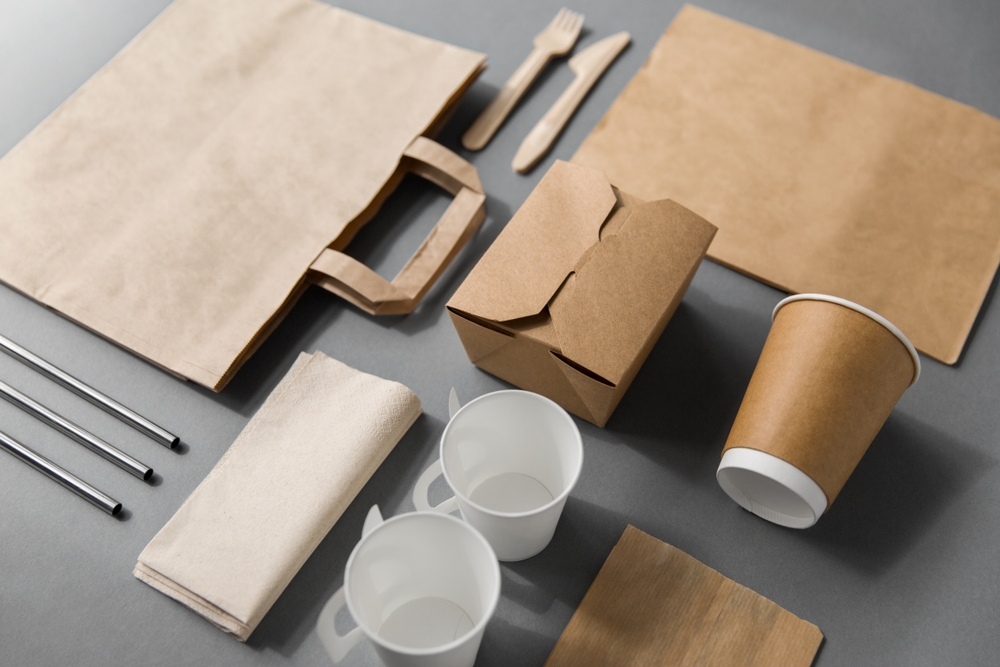 ecofriendly food Packaging designs
ecofriendly food Packaging designs
Consider packaging as a brand’s narrative canvas.
Beyond attractive colors or unique shapes, it narrates a story, communicates brand values and fosters an emotional bond with consumers.
This silent but powerful communication can deepen emotional connections and boost customer loyalty.
A well-executed packaging design incorporating brand logos and product labels is paramount in reinforcing brand identity and leaving a positive imprint on consumers’ minds, ultimately shaping the brand image.
Moreover, the shape of the packaging can reflect a brand’s heritage, mission, or even cultural inspiration, offering consumers a deeper level of engagement with the brand’s narrative.
Design adaptations can unfold stories of sustainability, technological innovation, business will, or brand heritage, augmenting the compatibility of the packaging with the brand’s unique identity.
Combining this with consistent visual elements like a cohesive color palette and typography is instrumental in maintaining brand identity and ensuring recognizability across different platforms.
Quality Speaks Volumes: How Packaging Reflects Product Value
Quality extends beyond the product to the packaging. The packaging quality well known brand often reflects the brand quality in the minds of consumers.
As such, packaging that is functional, durable, and well-designed reflects a quality brand.
Even the sturdiness of the packaging material can establish a perception of a high-quality product, enhancing consumer perception of the brand.
The relationship between packaging and product value doesn’t stop at aesthetics.
Packaging that aligns with product features, provides clear information, and offers resealable options notably boosts consumer confidence and satisfaction.
Trustworthy and secure packaging conveys brand credibility and plays a key role in safeguarding the product during storage and transportation.
In short, when it comes to quality packaging, every detail speaks volumes.
Whether it’s food packaging or branded packaging, each aspect, from the packaging designs to the product labels, plays a crucial and vital role in reflecting product value.
Eco-Friendly Choices: The Growing Impact of Sustainable Packaging on Purchasing Decisions
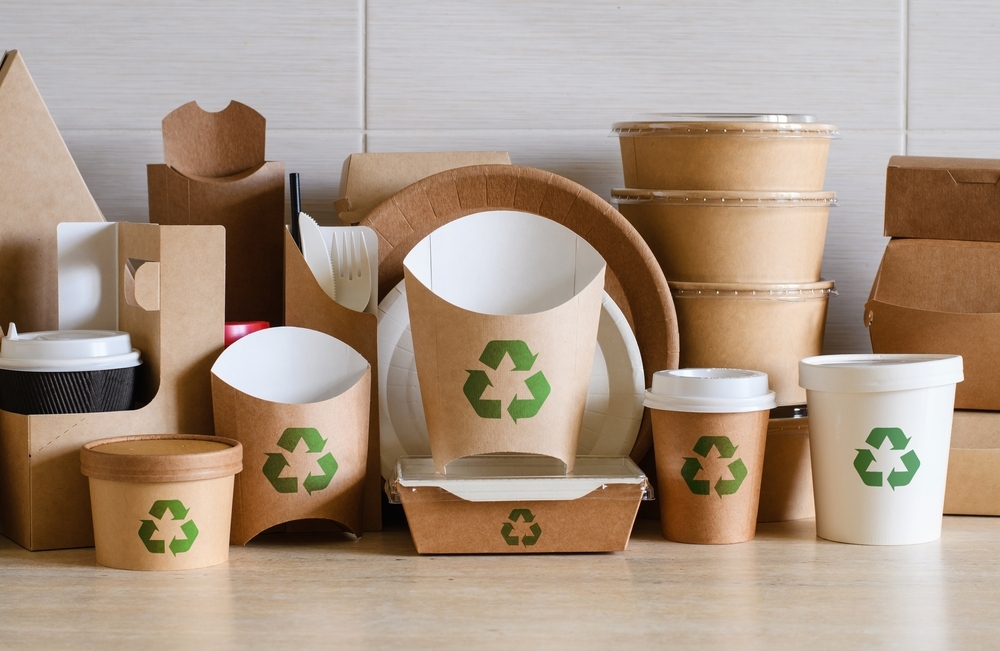 Biodegradable food Packaging designs
Biodegradable food Packaging designs
The influence of packaging on purchasing decisions extends beyond aesthetics and functionality. Eco-conscious consumers today consider the environmental implications of packaging when making buying decisions.
Brands demonstrating their eco-friendliness through sustainable packaging materials, such as recycled cardboard🌿📦 and printing with biodegradable inks, project a strong commitment to environmental principles.
Innovative packaging solutions, such as the use of 90% recycled materials or sugarcane bio-resin, are redefining the realm of sustainable packaging.
By adopting eco-friendly packaging, brands not only lessen their environmental footprint but also foster loyalty among a demographic progressively concerned about their companies’ ecological responsibility.
In a world where sustainability is the new black, eco-friendly packaging has become more than just a trend.
It’s a responsible choice that speaks to consumers’ values and influences their purchasing decisions.
Color Psychology: How Packaging Color Influences Emotions and Buying Behavior
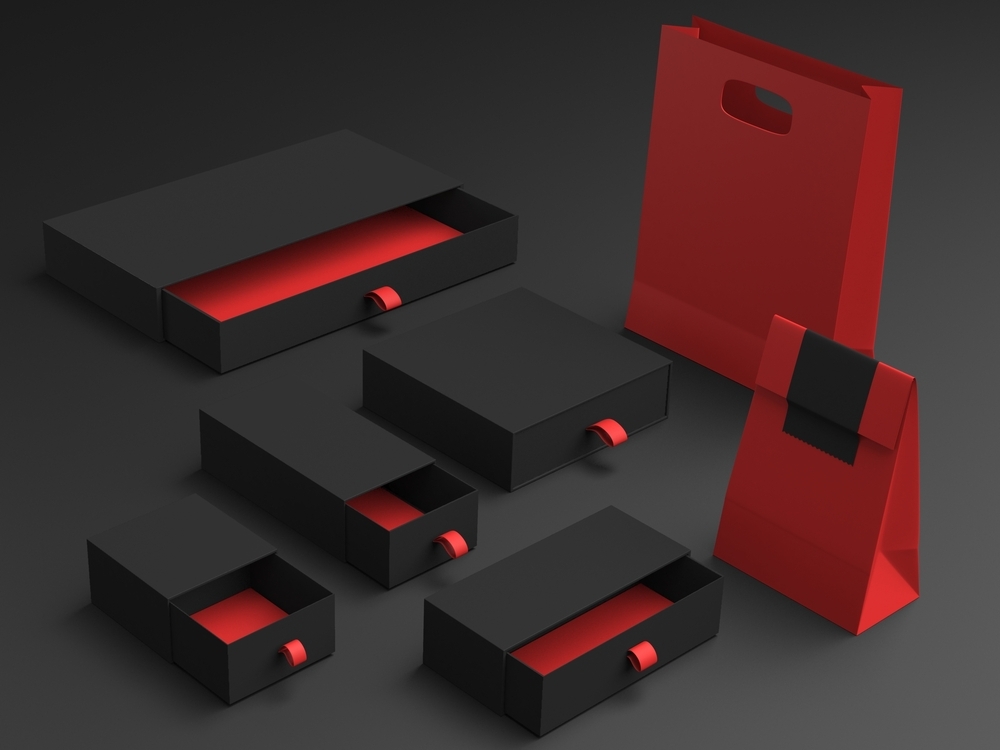 box set of paper bag
box set of paper bag
Ever wondered why McDonald’s uses red and yellow or why Tiffany’s iconic color is a certain shade of blue? Welcome to the world of color psychology in packaging.
Specific colors evoke distinct emotions and actions, influencing consumer behaviour and buying behavior.
Consistent color usage is vital for brand recognition. Iconic brands use specific colors in their packaging that align with their brand personality and values, enhancing familiarity and trust with repeated exposure.
With a whopping 85% of consumers making purchasing choices based on packaging color, it’s clear that colors play a significant role in brand trust in packaging designs.
So, the next time you’re drawn to a product because of its packaging color, remember, it’s not just the color that’s caught your eye.
It’s the carefully crafted brand strategy designed to influence your emotions, build brand loyalty, and ultimately, your buying behavior.
Standing Out in a Crowded Market: Unique Packaging Designs Attract Customers
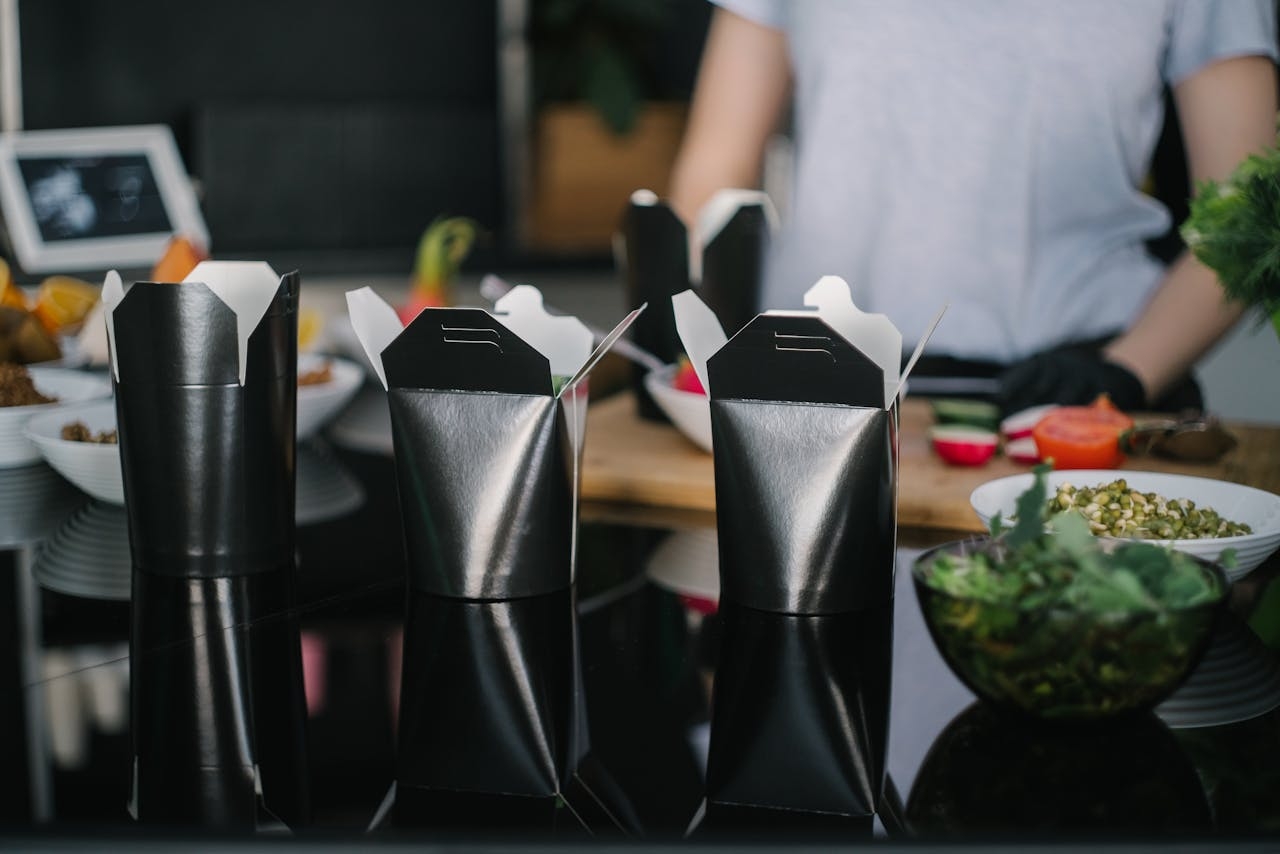 Takeaway Boxes
Takeaway Boxes
In a saturated market, distinct packaging designs can differentiate a brand, attract customers, and boost sales.
Innovative packaging designs, custom illustrations, and even the use of scents can significantly enhance a brand’s image, leading to a positive perception and stronger emotional connections.
Brands are now integrating interactive elements, such as QR codes and augmented reality, into their packaging designs, offering consumers an engaging and memorable experience.
Strategically contrasting colors can make products stand out on retail shelves, grabbing consumer attention and influencing the initial stages of the purchasing process.
These innovative packaging designs also convey information and serve to remind customers of the brand’s unique offerings and value.
In essence, unique packaging does more than just attract consumers.
It distinguishes a brand within a crowded marketplace and plays a key role in driving sales and cementing a company a strong market position.
The Subliminal Messaging of Typography in Packaging
Did you ever pay attention to the typography on product packaging and the brand logo?
It goes beyond readability, representing the brand’s personality and effectively conveying the marketing message.
A thoughtfully designed typographic hierarchy fosters clarity, directing the consumer’s attention from primary information, such as the brand name, to secondary and tertiary details.
The orientation, scale, and layout of typography on packaging are key for achieving a balance between form and function, ensuring that text is both aesthetically pleasing and easy to read.
Typography in packaging design must strike a delicate balance, ensuring readability and accurate brand messaging without compromising the aesthetic appeal.
It’s a silent yet powerful messenger that has a significant impact on packaging and ultimately, the brand.
Engaging the Senses: The Multisensory Experience of Packaging
Packaging is not just about visual appeal. It offers a multisensorial experience that can captivate consumers on a deeper level.
For instance, the physical touch of packaging can alter a consumer’s perception of a product.
Tactile qualities like the hardness of the material and the weight of the packaging can influence consumers emotions inform their evaluation of product quality.
While scented packaging presents technical challenges, when implemented correctly, it can enhance consumer experience and strengthen brand identity.
Even digital elements like QR codes and augmented reality features can enrich the consumer’s interaction with the brand.
Essentially, multisensory engagement significantly influences consumer judgment and behavior, underlining the value of a comprehensive sensory experience in packaging design.
Building a Connection: How Brand Consistency Across Packaging Fosters Customer Loyalty
Consistent branding across packaging is key to solidifying brand identity, improving memorability, and fostering customer loyalty.
An effective packaging shape can contribute to consistent branding, enhancing brand credibility, and forming a stronger emotional connection with consumers.
The packaging color should echo the brand’s voice, reinforcing brand consistency, and boosting brand recognition among consumers.
Moreover, maintaining consistent packaging design across different brands and various products solidifies the brand’s identity and improves memorability for consumers.
Inclusion of personal touches, like thank you notes or customized elements in packaging, helps customers feel valued and nurtures a stronger brand connection.
In essence, brand consistency in packaging is not just about aesthetics. It’s about building a connection that fosters customer loyalty.
Tailoring to Target Audiences: How Demographics Influence Packaging Strategies
Packaging strategies should take into account varied demographics and cultural nuances to guarantee effective communication and resonance with target audiences.
Cultural perceptions of color🎨, for instance, are critical factor that must be considered in global branding.
Colors like white can have different meanings across cultures, and understanding these differences is essential to communicate effectively.
Furthermore, packaging designs should be customized to cater to the functional needs of a diverse range of demographics.
For example, incorporating easy-open features for older consumers or engaging, vibrant designs that appeal to a younger audience.
Gender-based packaging employs stereotypes, but there’s a growing trend towards gender-neutral packaging, which uses minimalist designs to appeal to a broader audience.
To sum up, a strategic approach in color selection and design that resonates culturally and emotionally with consumers aligns with marketing objectives.
It elevates packaging from just a wrapper to a potent strategy tailored for the target audience or audiences.
Summary
In conclusion, packaging is not just about wrapping a product. It’s about creating a first impression, telling a brand’s story, reflecting product value, engaging the senses, and fostering customer loyalty.
It’s a silent yet powerful salesman, a canvas for a brand’s narrative, and a sensory experience that shapes consumer perceptions and influences purchasing decisions.
So, the next time you pick up a product, take a moment to appreciate the impact of packaging. It’s more than just a pretty wrapper.
It’s a world of strategy, psychology, and design.
Frequently Asked Questions
How does food packaging affect customers?
Food packaging has a significant impact on customer choices, sometimes even overshadowing the product itself. Clever use of colors and imagery can make food products more enticing to buyers. So, next time you’re drawn to a product, remember it might just be the packaging doing its magic!
How packaging can convince customers to purchase a product?
Packaging made of quality material and visually appealing presentation can attract and convince customers to purchase a product, as it conveys a sense of value and reflects the brand’s values and image.
What are the factors influencing packaging decisions?
The top factors influencing packaging decisions include cost, environmental impact, and product protection. Choose wisely!
What is the importance of color in packaging?
The importance of color in packaging lies in its ability to evoke specific emotions, and influence consumer behavior, while also playing a key role in brand recognition. So, choose your packaging colors wisely!
How does packaging reflect product value?
Quality packaging equals quality product. Consumers link packaging to brand quality and value.

